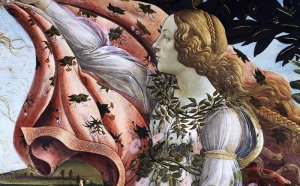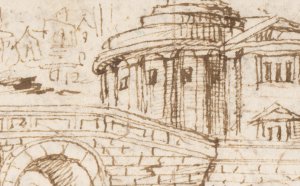Early Italian Renaissance Art
Share this Post
Related posts
Early Italian Renaissance Artists
SEPTEMBER 16, 2025
Greater Realism in Painting In keeping with the importance of Humanism, Early Renaissance painting strove to achieve greater…
Read MoreItalian Renaissance Art style
SEPTEMBER 16, 2025
This movement began in Italy in the 14th century and the term, literally meaning rebirth, describes the revival of interest…
Read More





